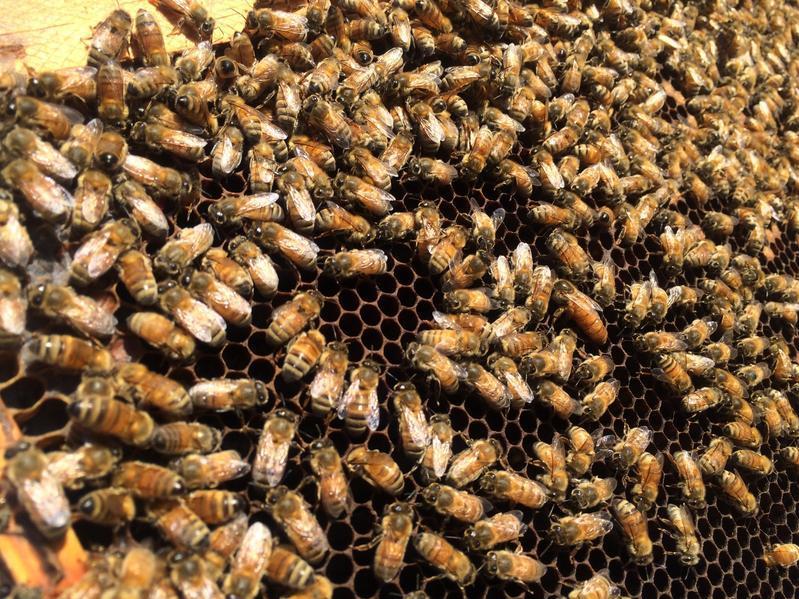A new study has found that a mix of insecticides and fungicides could be the culprit in massive die-offs of honeybees at almond groves in California’s Central Valley.
Previous research showed that the chemicals do not harm honeybees on their own. It’s when these pesticides mingle in the air together — as they do in almond groves — that they become a lethal combination for bees, according to the study from Ohio State University and the Almond Board of California.
“Fungicides, often needed for crop protection, are routinely used during almond bloom, but in many cases growers were also adding insecticides to the mix,” wrote Reed Johnson, a bee expert at Ohio State University and one of the study’s authors, in an article for Ohio State News.
“Our research shows that some combinations are deadly to the bees, and the simplest thing is to just take the insecticide out of the equation during almond bloom,” Johnson said.
During the month of February, trucks full of honeybee hives — some 1.5 million colonies — arrive in California. The bees pollinate the almonds, a crop that’s valued at more than $5 billion a year.

